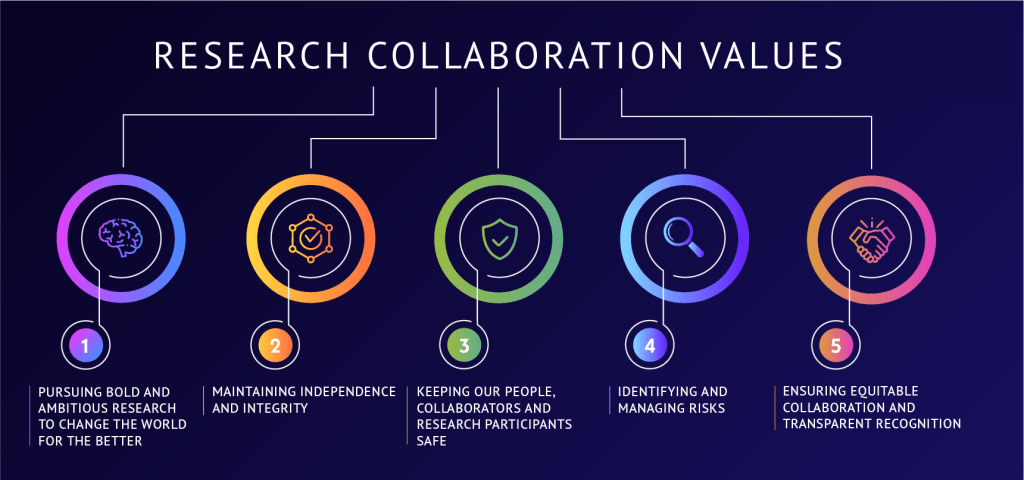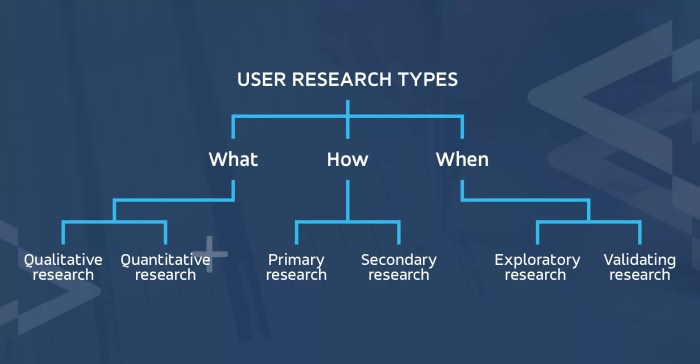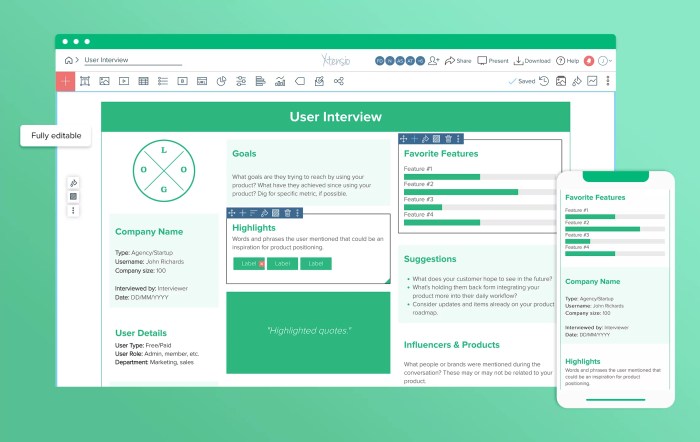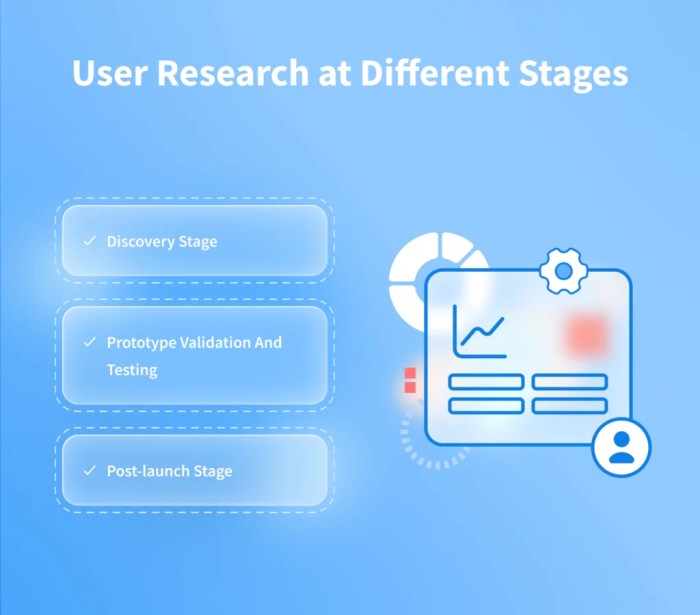Understanding user behavior is paramount for creating successful digital products. This necessitates robust user research, and the right tools can significantly amplify your efforts. This exploration delves into four essential platforms—UserTesting.com, Optimal Workshop, Hotjar, and [mention a fourth tool if you want to add one, otherwise remove this sentence]—each offering unique capabilities to gather and analyze crucial user data, ultimately leading to improved user experience and product design.
From remote usability testing to heatmap analysis and session recordings, these tools provide a comprehensive toolkit for understanding how users interact with your website or application. By leveraging their strengths, researchers can gain valuable insights into user preferences, pain points, and areas for improvement, ultimately leading to more effective and user-centered designs. This guide will explore the key features and functionalities of each platform, providing practical examples and guidance for their effective implementation.
UserTesting.com

UserTesting.com is a popular platform for conducting remote user research. It allows researchers to quickly and easily gather feedback on websites, apps, and prototypes from a diverse pool of participants. This platform streamlines the entire process, from participant recruitment to data analysis, making it a valuable tool for UX professionals and product teams.
UserTesting.com facilitates remote user feedback collection through a simple, intuitive interface. Researchers can create and launch tests with minimal technical expertise, focusing instead on defining their research goals and analyzing the resulting data. The platform offers various testing methodologies, enabling researchers to gain insights into various aspects of the user experience.
Creating and Launching a User Test
To create and launch a user test on UserTesting.com, follow these steps: First, define your target audience by specifying demographic criteria such as age, location, and technology usage. Next, craft clear and concise tasks for participants to complete while interacting with your website or app. These tasks should guide participants through specific user flows and help you assess usability and user experience. After defining your target audience and tasks, you will upload your website or app URL or prototype. Then, you can set your test settings, such as the number of participants and the duration of the test. Finally, launch your test and UserTesting.com will recruit and manage participants, collecting video recordings and feedback.
Types of Tests Conducted Using UserTesting.com
The following table illustrates different types of tests that can be effectively conducted using UserTesting.com. Each test type offers unique advantages and considerations.
| Test Type | Description | Advantages | Disadvantages |
|---|---|---|---|
| Usability Testing | Participants complete tasks on a website or app, while their screen and audio are recorded. | Provides rich qualitative data, revealing user behavior and pain points. | Can be more expensive than other methods, and requires careful task design. |
| First-Click Testing | Participants are shown a task and asked to click where they would expect to find the solution. This measures the intuitiveness of the interface. | Quickly identifies areas of confusion and poor information architecture. | Provides limited qualitative data, focusing primarily on initial user interactions. |
| Tree Testing | Participants navigate a hierarchical sitemap to find specific information. This evaluates information architecture and findability. | Useful for evaluating website navigation and information architecture before a website is fully built. | Limited to evaluating navigation structure; doesn’t assess the overall user experience. |
| Card Sorting | Participants organize a set of cards representing website content into categories, helping to refine information architecture. | Helps to identify logical groupings of content and improve website organization. | Requires careful planning and can be time-consuming to analyze. |
Analysis Features
UserTesting.com provides several features to facilitate data analysis. Researchers can review video recordings of user sessions, observing participant behavior and listening to their verbal feedback. The platform also offers automated transcriptions and highlights key moments in the recordings, such as instances of confusion or frustration. Additionally, UserTesting.com provides tools for aggregating user feedback, identifying common themes and pain points, and generating reports to share findings with stakeholders. These analytical features enable researchers to efficiently translate raw data into actionable insights, guiding design and development decisions.
Optimal Workshop

Optimal Workshop offers a suite of user research tools designed to streamline various research methods, providing a comprehensive platform for understanding user behavior and improving digital experiences. These tools are particularly useful for researchers needing efficient and scalable solutions for tasks like card sorting, tree testing, and first-click testing. Each tool within the Optimal Workshop suite offers unique functionalities catering to specific research needs.
Optimal Workshop Tool Overview
Optimal Workshop provides several interconnected tools, each designed for a different aspect of user research. Treejack allows researchers to test the findability of information within a website’s information architecture. Chalkmark facilitates the creation and analysis of first-click tests, revealing user navigation patterns. Finally, while UserTesting is a separate company, Optimal Workshop’s integration with UserTesting allows researchers to combine quantitative data from their tools with qualitative data from UserTesting’s video recordings of user sessions. This integrated approach provides a more holistic view of user experience.
Comparison of Optimal Workshop Tools
The strengths and weaknesses of each tool within the Optimal Workshop suite are important considerations when choosing the right tool for a specific research objective. A direct comparison highlights their individual capabilities and limitations.
- Treejack:
- Strengths: Efficient for testing information architecture, scalable for large numbers of participants, provides clear visual representations of user navigation paths.
- Weaknesses: Limited to testing information architecture; doesn’t provide qualitative data about *why* users made specific choices.
- Chalkmark:
- Strengths: Focuses on first-click testing, quickly identifies usability issues in navigation, easy to set up and interpret results.
- Weaknesses: Limited to first-click behavior; doesn’t capture the entire user journey or provide rich qualitative insights.
- UserTesting Integration:
- Strengths: Combines quantitative data from Optimal Workshop tools with qualitative data from UserTesting videos, providing a more complete understanding of user behavior.
- Weaknesses: Requires a separate UserTesting subscription, can be more expensive than using Optimal Workshop tools alone.
Hypothetical User Research Project and Tool Application
Let’s imagine a project aimed at improving the navigation of an e-commerce website. The research objectives are to: (1) Evaluate the findability of product categories within the website’s menu structure and (2) assess the effectiveness of the website’s call-to-action buttons.
To achieve the first objective, we would use Treejack to conduct a tree test. Participants would be presented with a hierarchical representation of the website’s product categories and asked to find specific products. The results would reveal which categories are easily findable and which require improvement.
To address the second objective, we would utilize Chalkmark to conduct a first-click test. Participants would be presented with different scenarios requiring them to locate specific products or information. The results would highlight the effectiveness of the call-to-action buttons and identify areas for improvement in terms of placement, wording, or visual design.
Optimal Workshop Workflow
A typical workflow using Optimal Workshop tools might look like this:
1. Project Initiation: Define research objectives and choose the appropriate Optimal Workshop tool(s) (e.g., Treejack and Chalkmark for this example).
2. Study Design: Create the study using the selected tool(s), defining tasks, target audience, and success metrics. This involves setting up the tree structure in Treejack and designing the first-click test scenarios in Chalkmark.
3. Participant Recruitment: Recruit participants representing the target audience.
4. Data Collection: Participants complete the tasks within the Optimal Workshop tools.
5. Data Analysis: Analyze the quantitative data generated by Treejack (success rates, navigation paths) and Chalkmark (first-click success rates, heatmaps). This may be supplemented with qualitative data from UserTesting if integrated.
6. Report Generation: Compile findings and recommendations based on the analyzed data. This includes identifying areas for improvement in information architecture and call-to-action placement.
Hotjar

Hotjar is a powerful user experience analytics tool that provides valuable insights into user behavior on websites and web applications. By combining heatmaps and session recordings, Hotjar offers a comprehensive view of how users interact with your digital product, allowing for data-driven design improvements. This detailed understanding of user journeys helps identify areas for optimization and ultimately enhances the overall user experience.
Hotjar’s heatmaps visually represent user engagement on a webpage, showing where users click, scroll, and move their mouse. Session recordings capture actual user interactions, providing a contextual understanding of their behavior. Together, these features offer a potent combination for identifying usability issues and improving website design.
Key Metrics from Hotjar Heatmaps and Session Recordings
Heatmaps and session recordings yield several crucial metrics for understanding user behavior. These metrics directly inform design decisions and lead to tangible improvements in user experience. Analyzing these metrics helps identify areas of friction in the user journey and allows for targeted improvements.
- Click Maps: These heatmaps show the density of clicks on a page. High-density areas indicate elements that attract significant user attention, while low-density areas may highlight overlooked or poorly designed elements. For example, a low click density on a crucial call-to-action button suggests that it’s not prominent enough or easily discoverable. Conversely, a high click density on an unexpected area could indicate an unintended interaction or a confusing element.
- Scroll Maps: These heatmaps illustrate how far users scroll down a page. A low scroll depth indicates that users may not be finding the information they need or are quickly losing interest. This might necessitate reorganizing content or improving the page’s visual hierarchy. A high scroll depth suggests users are engaging with the content but could also imply that the page is too long and needs to be condensed for better readability.
- Movements Maps: These heatmaps track mouse movements, revealing where users focus their attention. Unusual patterns or areas with little movement can highlight design elements that are confusing or difficult to use. For instance, if users consistently hover over a particular element without clicking, it might suggest a design flaw that prevents them from completing the intended action.
Interpreting Hotjar Data: Identifying Usability Issues
Let’s consider a hypothetical e-commerce product page selling a high-end watch. The page features a large hero image of the watch, a detailed description below, customer reviews further down, and a “Buy Now” button at the bottom.
A heatmap might show high click density on the hero image and customer reviews but low density on the product description and “Buy Now” button. Session recordings might reveal users scrolling past the product description, focusing mainly on the image and reviews before leaving the page. This suggests several potential usability issues: the product description might be too lengthy or poorly formatted, and the “Buy Now” button’s placement at the bottom is negatively impacting conversion rates. The combination of heatmaps and session recordings provides a clear picture of why users are not converting.
Best Practices for Utilizing Hotjar Data
Effectively using Hotjar data involves a systematic approach. Prioritize reviewing recordings alongside heatmaps to understand the *why* behind the data. Segment your data to focus on specific user groups (e.g., new vs. returning users) for targeted insights. Continuously monitor your data over time to track the impact of design changes and identify emerging trends. Finally, remember that Hotjar data is just one piece of the puzzle; use it in conjunction with other user research methods for a comprehensive understanding of user behavior.
Ultimate Conclusion

In conclusion, the four user research tools highlighted—UserTesting.com, Optimal Workshop, Hotjar, and [mention a fourth tool or remove this sentence]—represent a powerful arsenal for any UX researcher. By strategically integrating these platforms into your research process, you can gain a deeper understanding of your users, identify crucial areas for improvement, and ultimately create more effective and user-centered products. The ability to collect diverse data points, analyze user behavior, and iterate on design decisions based on real user feedback is invaluable in today’s competitive digital landscape.